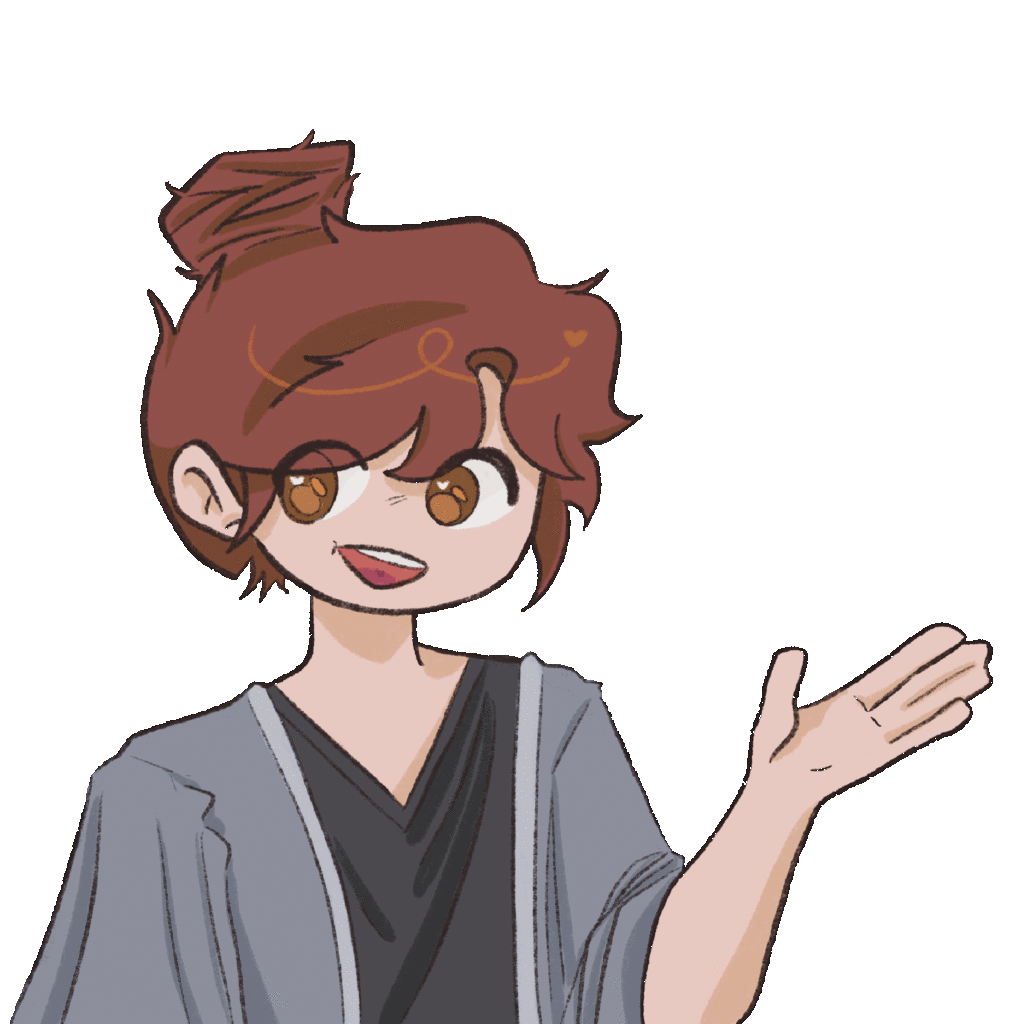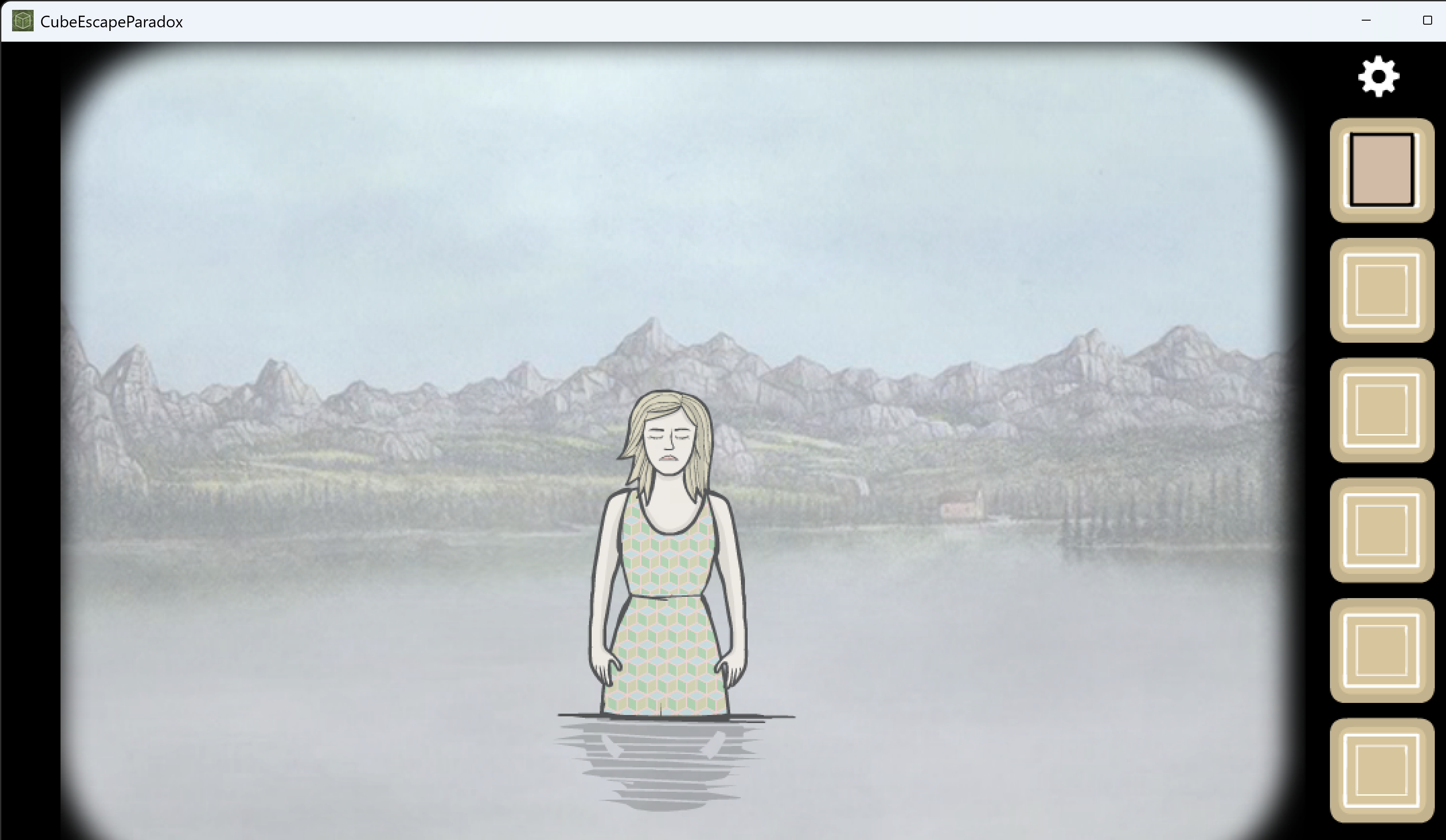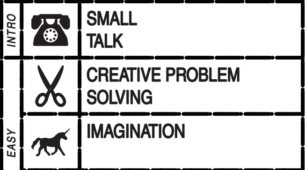I played “Cube Escape: Paradox”, which is a game created by Rusty Lake and is available on PC and mobile platforms. The game is designed for a wide audience, especially those who enjoy mysteries and puzzle-solving. The experience is enhanced by the game’s unique blend of horror and surrealism, which can be both thrilling and terrifying. This combination of elements creates a captivating atmosphere that draws players into the narrative.
MDA
The game is designed to have a player vs. game interactive pattern that encourages players to solve one puzzle after another to uncover the underlying story and ultimately escape. The sense of achievement that comes from solving each puzzle is immense as players gradually unlock new pieces of information that reveal a deeper narrative. The core aesthetics of the game include discovery, narrative, and challenge, all of which are well-balanced, creating a rewarding yet terrifying journey for players. The mechanics of “Cube Escape: Paradox” are carefully designed to ensure that players are not overwhelmed with information. The clues (Figures 1-2) are linearly linked, meaning that each piece of information leads to the next, creating a sense of progression. This design choice allows players to focus on one puzzle at a time, making the experience more manageable and enjoyable.
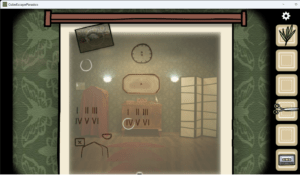
Figure 1
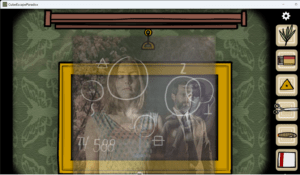
Figure 2
Narrative
The embedded narrative is well thought out, with the real-person video clips interwoven throughout the game (Figure 3). The accompanying short film also features many animated scenes drawn from the game, creating a parallel that reinforces the “Paradox” theme. Rather than presenting the story in chronological order, the game encourages players to discover key items, piece together fragments of information, form hypotheses about past events, and verify their theories through gameplay.
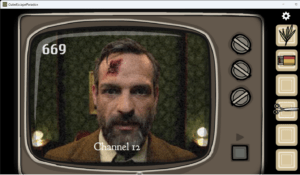
Figure 3
Architecture
The architecture of the game is set in a familiar living room, but with strange and unfamiliar items that create an atmosphere of weirdness. The room is designed with various locks and mechanisms that only open when players pull the right trigger. This design choice conceals important information from players until they complete the intended actions, creating the challenge that is central to the gameplay. The game also makes use of common sense, as players are required to perform intuitive actions, such as lighting a cigarette with matches or pouring water into a bottle for the crystal eyeball to float (Figure 4).

Figure 4
Ethics
In terms of the accessibility barriers present in the game, players must listen to the tapes and the telephone, and watch the real-person video clips on the TV in order to solve the puzzles. This may not be very accessible to players with hearing disabilities. Luckily, the game offers subtitles for all audio (Figures 3, 5-6), which enables disabled players to have a good experience and complete the game. However, there are other accessibility barriers that could be improved upon. For example, there was a clue that would only be revealed after the player had selected the red items. For players with color blindness or whose color associations may differ across cultures, this could be a significant barrier to progress. While these design choices enhance the overall experience, it is essential to consider how these choices may impact players with disabilities.
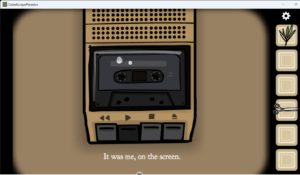
Figure 5

Figure 6

